There is this feeling in Osaka that is kind of hard to explain, but I’m going to try. We know we’re the underdog, but we don’t care. We’re okay with it because we know how cool we are…or something like that. We aren’t jealous of Tokyo’s fame because we are satisfied and content with living in Osaka. We know Osaka is fun and if people come, they will be shocked at how fantastic Osaka is. In short, we’re awesome and we know it!
Osaka’s charm is like no other city in Japan where Osakans are relaxed, friendly, and will thank you with an ookini instead of an arigatou. It’s a metropolis with a small town feel. While it’s simple to get acquainted with the several districts of Osaka, you’ll always be surprised by new discoveries. Whether you are in the city or the suburbs, your nose is often greeted with the luscious smells of hot food. Big bellied men will nod to you on the streets, and little grannies will hand you candy just for being a Westerner. Cashiers will laugh with you or even compliment you when you make a silly foreigner mistakes instead of nervously giving you a blank stare.
When you think of Osaka, you automatically think: takoyaki—little batter balls with octopus bits inside topped with savory sauce, fish flakes, mayonnaise, and seaweed bits. Did you know there are original dishes from Osaka besides takoyaki?
My favorite Japanese food is another staple of Osaka: kushikatsu! It’s deep-fried battered items such as meat, cheese, veggies, and desserts on skewers that you dip in sauce and eat off the stick. SO DELICIOUS! You’ll also encounter okonomiyaki a savory pancake with your choice of meat, veggies, and other delicacies. It’s topped with the same things as takoyaki, but you can get many different versions. If you’re looking for hearty and flavorful (words usually unassociated with Japanese food), come to Osaka!
Osakans’ outspoken and easy-going personalities partially stem from their use of the Kansai dialect or Kansai-ben. More specifically, Osakans speak Osaka-ben, famous for sounding…well…rough and casual. I’ve been studying Kansai-ben, and I’m proud to say I can speak a fair amount and comprehend most of it. Osakans take pride in their dialect. To others, Kansai-ben may sound tough and rude, but for the most part, I think that people outside of Kansai see it as cool, cute, or welcoming. Since Kansai-ben is so colorful, it seems to be quite popular compared to other Japanese dialects.
When I first found out I would be placed in Osaka, I didn’t realize how incredibly lucky I was. I am now convinced that I have THE BEST placement. Osaka is the heart of Japan. I can easily and conveniently access any part of the country from Osaka by plane, car, bus, regular trains, or shinkansen (bullet trains). I am next door to Kyoto, Nara, and Kobe, all of which are famous places in Japan. Tokyo and Hiroshima are only a bullet train ride away! Heck! It only takes about two hours to reach Okinawa, Hokkaido, and even Korea by plane.
I want you to understand what Osaka is really like—the Chicago of Japan: beautiful and rugged with a ton of personality. Maybe I’m biased because I’m from Chicago, Osaka’s sister city and also the third largest city in its country.
I’d like to start by taking you on a textual and visual tour of Dotombori, the boundary between the Shinsaibashi and Namba areas referred to as minami (south) by the locals. Osaka’s icon, the Glico Man, charms his way to the finish line. You will undoubtedly come across visitors capturing his victory pose on camera while trying to imitate him. At night, Dotombori comes alive with flashing, vibrant lights and people having fun. If you’ve seen Blade Runner, it’s hard not to notice that the film’s city was modeled after Dotombori’s glowing billboards and urban atmosphere. On the streets, you can watch groups of drunken Osakans move from one party to the next shouting with joy. If you’re lucky, you might even see someone dive off the bridge into the canal; an Osaka tradition. As you pass by one venue after another, you can hear laughter and music pouring out onto the streets.
Next up is Amemura (American Village) located in the Shinsaibashi district and full of fun bars, clubs, and restaurants. Why is it called American Village? Perhaps many foreigners hang out here? Or maybe because there are many foreign restaurants? Then again, there are more than just American foreigners in Japan. I suppose they call it Amemura because of an American flag painted on a building, a fake Statue of Liberty, a Starbucks, McDonalds, and a Burger King in the same vicinity.
Wandering north, you’ll find Umeda (aka kita), the business district of Osaka. Surrounded by sleek skyscrapers and people in suits, this region is reminiscent of the streets of downtown Chicago. Umeda is full of nice, expensive places, and everyone has somewhere to go or something to do. Osaka Station is very impressive, and it’s easy to spend hours getting lost inside. One of my favorite areas in Umeda is Kitashinchi, a classy drinking district with several diamonds in the rough.
In Osaka city’s southeastern corner, in the Shinsekai area of Tennoji, you’ll find famous attractions such as Tsutenkaku (the symbol tower of Osaka), Spa World, a zoo, a mascot called Billiken, and the first kushikatsu restaurants. Shinsekai also has a reputation for being kind of dangerous because of yakuza (the Japanese mob). Yakuza don’t tend to interact with foreigners, but if you see any men wearing gaudy suits, sunglasses, and have parts of their fingers missing or noticeable tattoos, it’s better to steer clear.
Step into Kyobashi, the connecting hub from my town to downtown. It’s often overlooked, but interesting places include malls inside the Keihan and JR stations, along with the HUB (British pub chain), a Don Quixote, and tons of little hole in the wall places. Once you walk away from the station, you see some pretty sketchy stuff. Tiny, dirty alleys full of “massage” advertisements and hidden entrances to basements and brothels stem out from the main roads. Scantily clad women line the walls with vacant stares, waiting for drunken businessmen to make their commute home.
In the classier section of Kyobashi, you will find Osaka Castle surrounded by a large park. During hanami (cheery blossom viewing) season, the park fills up with thousands of people celebrating the coming of spring with BBQs and spirits. Little do tourists know the park also has other impressive events throughout the year such as the castle illumination in winter and the plum blossom orchard in early spring. If you venture inside the castle museum, a great view of Osaka’s business park meets you from the top.
The Osaka Port area draws tourists to Universal Studios Japan, the Kaiyukan Aquarium, a giant Ferris wheel and the Tempozan Marketplace, a shopping mall cluttered with cheap shops, arcades, and food stands. Osaka is so grand sometimes you forget it’s a port city and the ocean is nearby.Away from the ports, Rinku Town’s oceanic setting and outlet mall makes it feel very California-esque. The sun always sets in a way that illuminates the sky with vibrant colors. The curvature of the shore enables you to see the sun sink behind a mountainous backdrop with the ocean in the foreground. Breathtaking!
On the outskirts of Osaka, you’ll encounter rural and natural spots. Mino’s majestic waterfall and yuzu fruit products are an attraction of their own. During the Fall, if you follow the winding paths up the mountain towards the waterfall, you’ll find yourself encompassed by bright red, yellow, orange, and green leaves.
大阪が大好き!I. LOVE. OSAKA! As an insider, I’ve tried to highlight the real Osaka. I’ve left out so many other cool areas, but I hope I could convey the awesomeness of living here. We may be underrated, but that doesn’t change how cool we are. Hope to catch you on the underdog side! If you’d like to follow Stephanie and her adventures as a JET in Osaka click here for her blog, Stephanie in Japan. For her original “My Osaka” post click here.


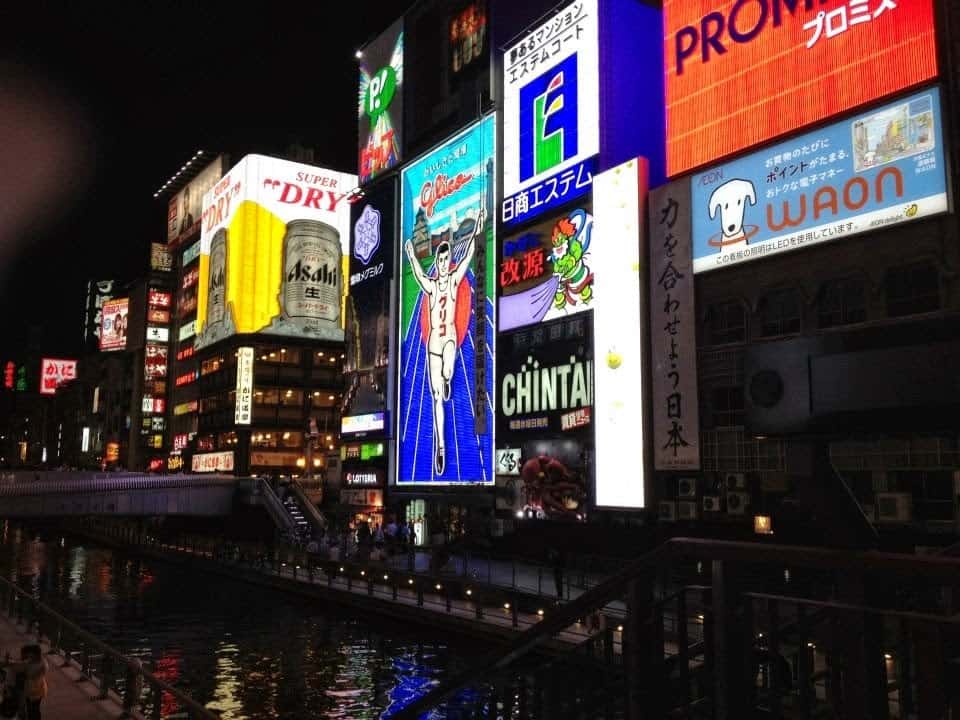
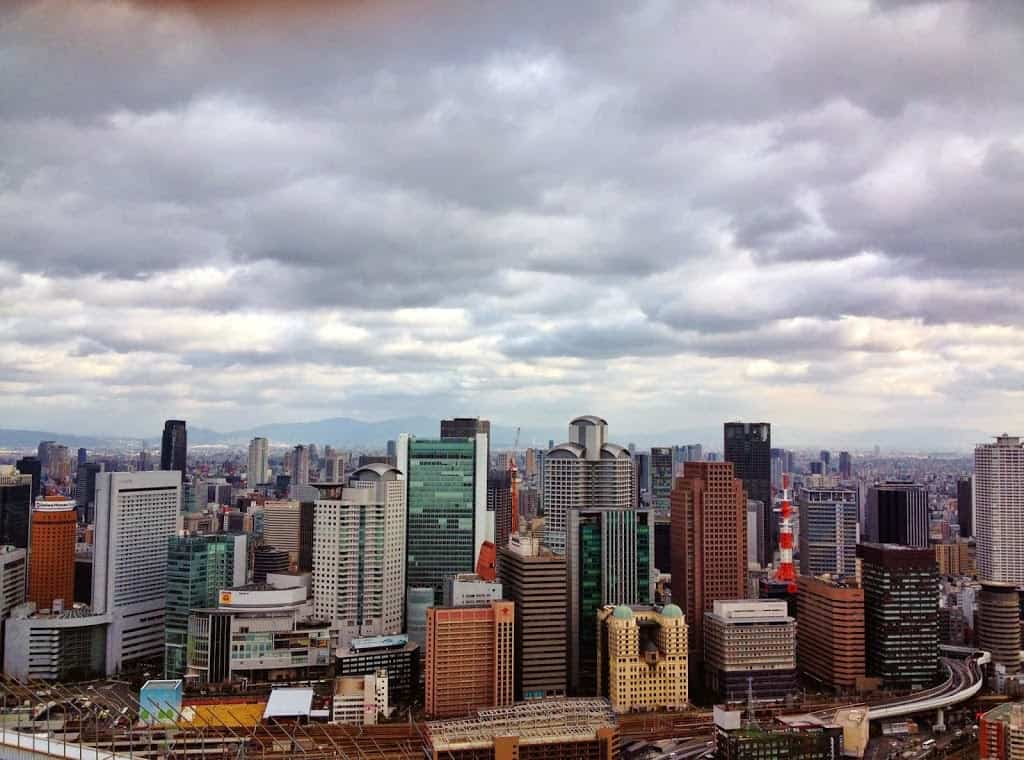
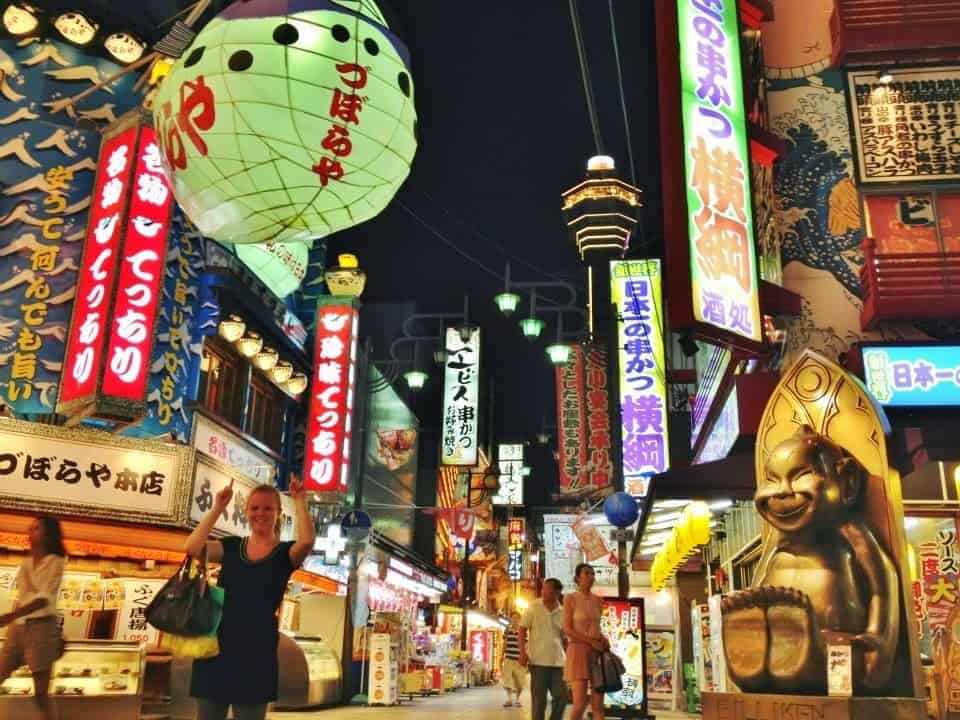
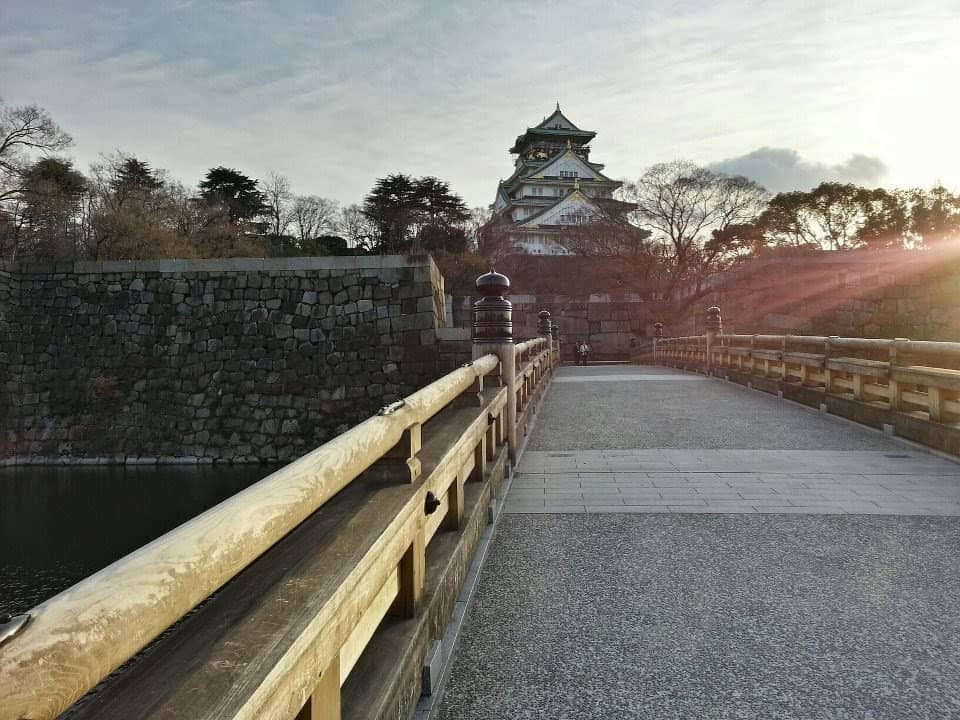

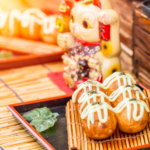
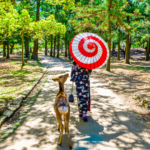
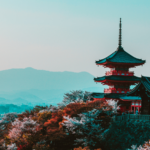
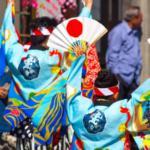
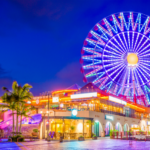
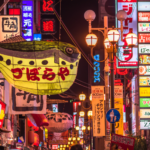
I liked your attempt at the Osaka feeling, it’s pretty spot on 🙂 I spent 6 months there but before that I had spent 3 days in Tokyo. The main difference is the people, I would find it hard to stop a person in Tokyo for help but Osaka almost everyone was willing to help, some would even ask to take me to my destination on foot. I’ve been placed in Chiba so I hope I can learn to love it as much as I loved my student life in Osaka.
Thanks for you comment! I’m glad to hear that you can back me up! 🙂 I know exactly what you are talking about with the difference between people in Osaka and Tokyo. I’ve visited Tokyo many times, and I think that most people there assume you are a tourist and therefore treat you like one, someone who doesn’t speak Japanese and know anything about Japanese culture. They are reluctant to help because they don’t want to speak English. So many tourists do go to Tokyo, so I can kind of understand. Since Osaka is often skipped over by people anxious to visit Tokyo, Kyoto, Hiroshima, and so on, I feel like Osakans are more accustomed to foreigners who are actually living, working, and studying in Japan. People often speak in Japanese to me before they try English which I really appreciate! That being said, Tokyo is still incredibly fun and convenient! Good luck with your life in Chiba, and take advantage of all the opportunities of living there (such as awesome live concerts, Disney, accessible foreign restaurants, etc.)!